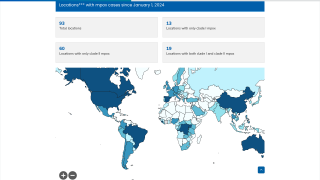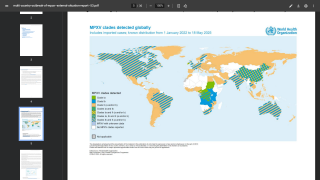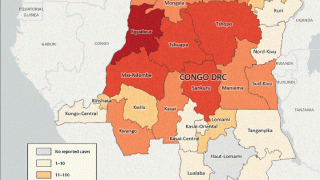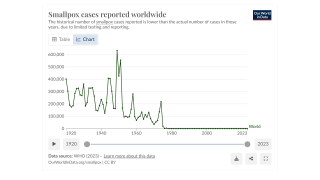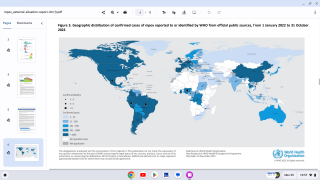Mpox Virus Transmission Preceded May 2022 Global Outbreak
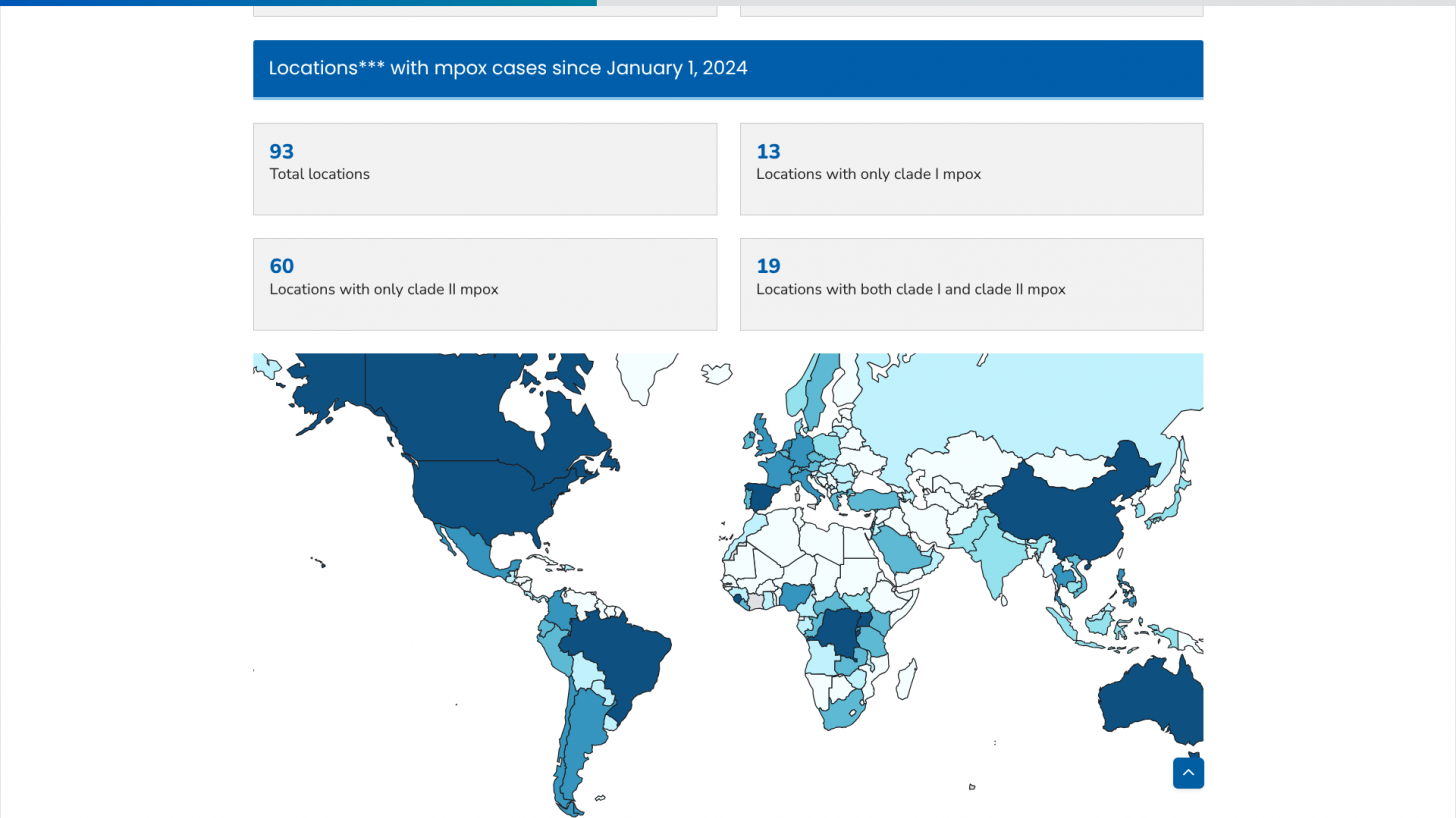
Years before the multi-country mpox outbreak began in May 2022, two African countries, Nigeria and Cameroon, reported their first cases in decades.
There are two types of the mpox virus, clade I and clade II, currently infecting people.
The ongoing global outbreak of clade II mpox has resulted in more than 100,000 cases in 122 countries, including 115 countries where mpox was not previously reported.
A recent gene-tracking study published in the journal Nature indicates that, in contrast to Nigeria, cases in Cameroon are the result of repeated zoonoses, with two distinct zoonotic lineages circulating across the Nigeria-Cameroon border.
These findings suggest that shared animal populations in the cross-border forest ecosystems contributed to the emergence and spread of the mpox virus in humans.
Accordingly, these researchers identify the closest zoonotic outgroup to the Nigerian human epidemic lineage (hMPXV-1) in a southern Nigerian border state. They estimate that hMPXV-1 emerged in humans in August 2014 in the south of Rivers State and circulated undetected for three years. Rivers State served as the primary source of viral spread during the human epidemic.
This study does not identify how this lineage became the source of the current global mpox outbreak.
"We could have very easily prevented the 2022 multi-country outbreak if countries in Africa were given better access to therapeutics, vaccines, and surveillance technologies," says Edyth Parker, a professional collaborator in the Kristian Andersen Lab at Scripps Research, in a press release on May 19, 2025.
"In a vulnerably connected world, we cannot neglect epidemics until they get exported to the Global North."
"Mpox is no longer just a zoonotic virus in Nigeria; this is very much a human virus," says Parker. "But the fact that there's ongoing zoonotic transmission means there's also a continual risk of re-emergence."
According to the World Health Organization's 53rd External Situation Report, published on May 29, 2025, ten countries in the African Region have reported community transmission of mpox in the past six weeks.
In 2025, four cases of clade I mpox have been reported in the U.S. in individuals who had recently traveled to affected areas in Central and Eastern Africa.
And in early June 2025, WHO Director-General Dr Tedros Adhanom Ghebreyesus announced that the mpox upsurge continues to meet the criteria of a public health emergency of international concern.
While many adolescents and adults are eligible for this vaccine, young children are not. Very few children in developed countries, such as the United States, have acquired immunity from either previous infection or from mpox or smallpox vaccines, but may still be exposed to this virus at home.
In January 2025, the CDC recommended that Mpox be considered when children or adolescents present with a rash consistent with the disease, especially if epidemiologic criteria are present. Children and adolescents with close contact to people with suspected, probable, or confirmed mpox may be eligible for post-exposure prophylaxis with vaccination
A recent U.S. CDC modeling result published on May 11, 2025, reaffirms that mpox infections can be severe in children.
Currently, the Bavarian Nordic A/S JYNNEOS® (MVA-BN®, IMVAMUNE®) two-dose vaccine is readily available for authorized individuals in most countries, including the United States.
Our Trust Standards: Medical Advisory Committee



